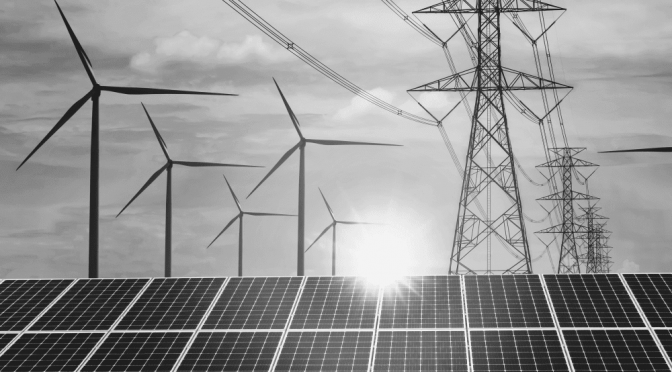Electricity demand is set to surge over the coming decades as addressing climate change becomes a key focus for societies globally and the energy transition advances. At the same time, traditional fossil fuel powered generation will increasingly be phased out in favour of renewable sources.
On the face of it, that’s good news for power markets, but the rising use of renewables has added a new factor into the supply-demand equation: the intermittency of renewable energy.
The risks from increased usage of renewables like wind power and photovoltaic
While renewable generation has obvious environmental advantages over fossil fuels for electricity generation, it does have an Achilles heel. Provided suitable fuel is available, coal and gas fired power stations are a highly flexible resource. When required they can provide continuous generation 24 hours per day; alternatively, they can be kept on standby and brought quickly into use to provide additional load on demand as and when required.
In contrast, renewable power plants can only generate electricity when the conditions are right; solar can only generate when the sun is shining, while wind turbines can only provide power when the wind is blowing – and they can even have to be shut down if wind speeds get too high. The intermittent nature of renewable energy sources creates reliability challenges when it comes to managing the available electricity in the grid, since it’s much harder to predict the available load on a given day.
Energy storage, in the form of industrial scale batteries and other solutions, will eventually largely resolve this issue. However, in the short term, energy storage innovation and capacity growth can’t keep up with the pace at which societies want to increase the use of renewables. As a result, when electricity networks with a high percentage of renewable resource are put under unexpected pressure, for example as a result of an extreme weather event, the system can struggle to cope.
How can you address these risks?
Utilities used to plan for expected peak gross demand. For about 90% of the US, this traditionally came from air conditioning use in the summer months, although for cooler regions the need for heating in winter can be the key issue. However, as an ever-greater percentage of generation comes from renewables, ‘net load’ has become more important.
Net load is calculated as gross load minus power provided by intermittent generation, i.e., renewables. This is a critical measure when managing the grid since it represents how much demand must be met by non-intermittent sources – usually gas or coal.
On a day-to-day basis, stakeholders need to understand not only what level of resource is online to provide supply and what the expected demand for power is, but also what additional generating capacity is available if needed; this is known as the reserve margin. When a high percentage of capacity is provided by renewables, the reserve margin becomes much harder to predict.
To address the risks and opportunities, you need access to accurate data and predictions regarding weather patterns, from hours and intensity of sunlight to wind speed and direction. At the same time, you need to be able to assess the real-world situation and consequences with up-to-the-minute monitoring of capacity fluctuations, outages and congestion.
Brian McIntosh
Research Director, Power and Renewables
Brian brings more than fifteen years of power industry experience to his role.


